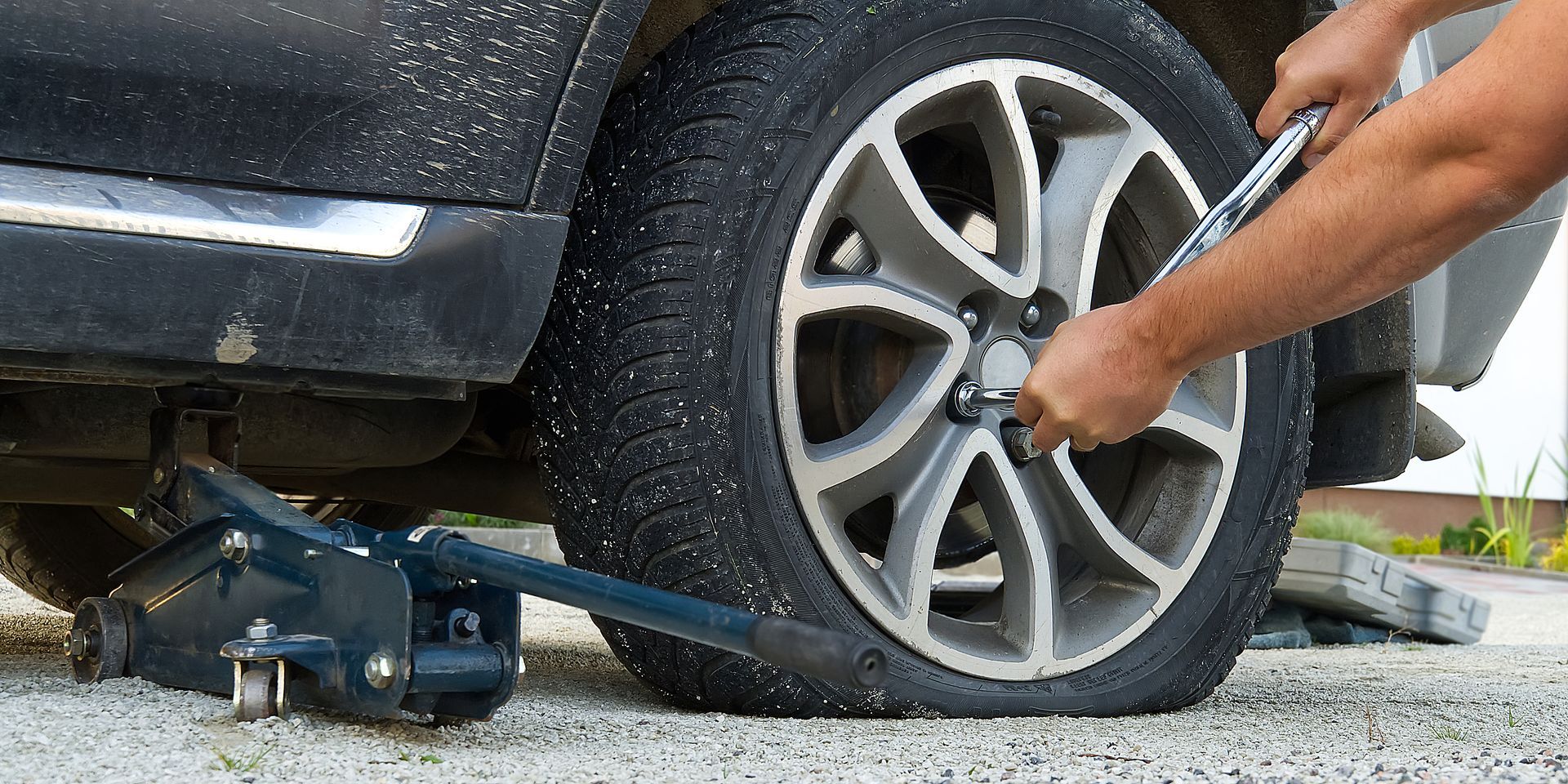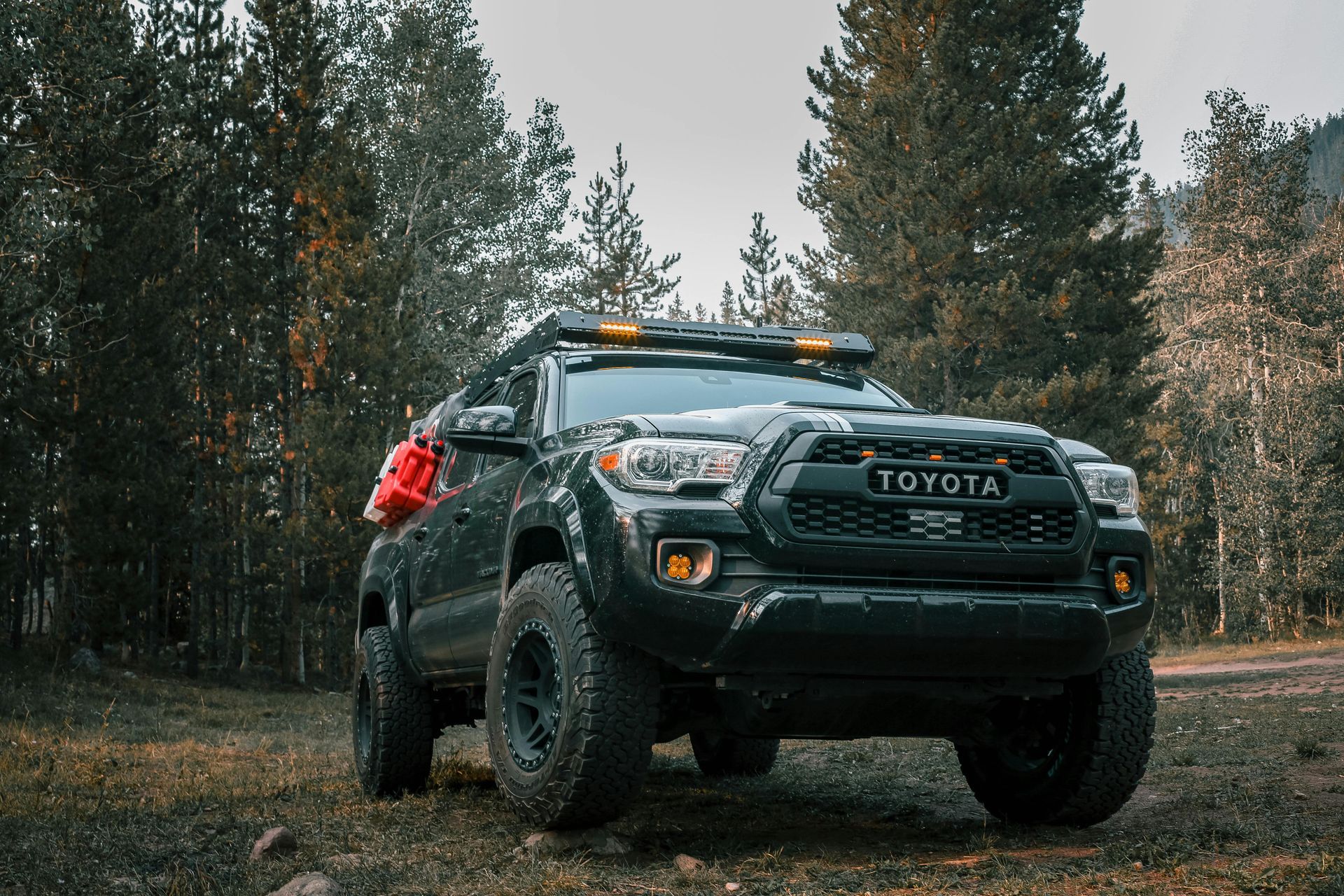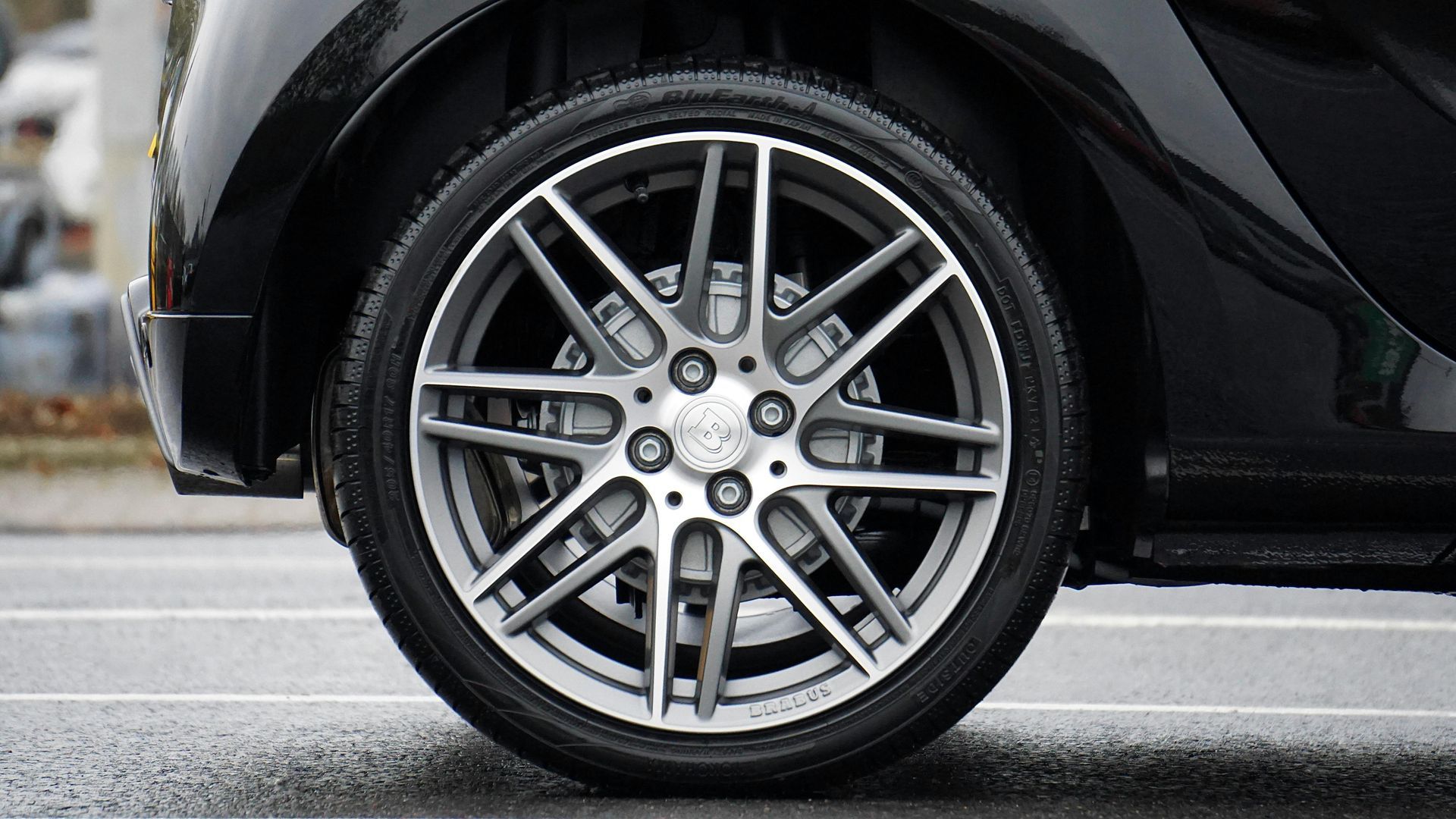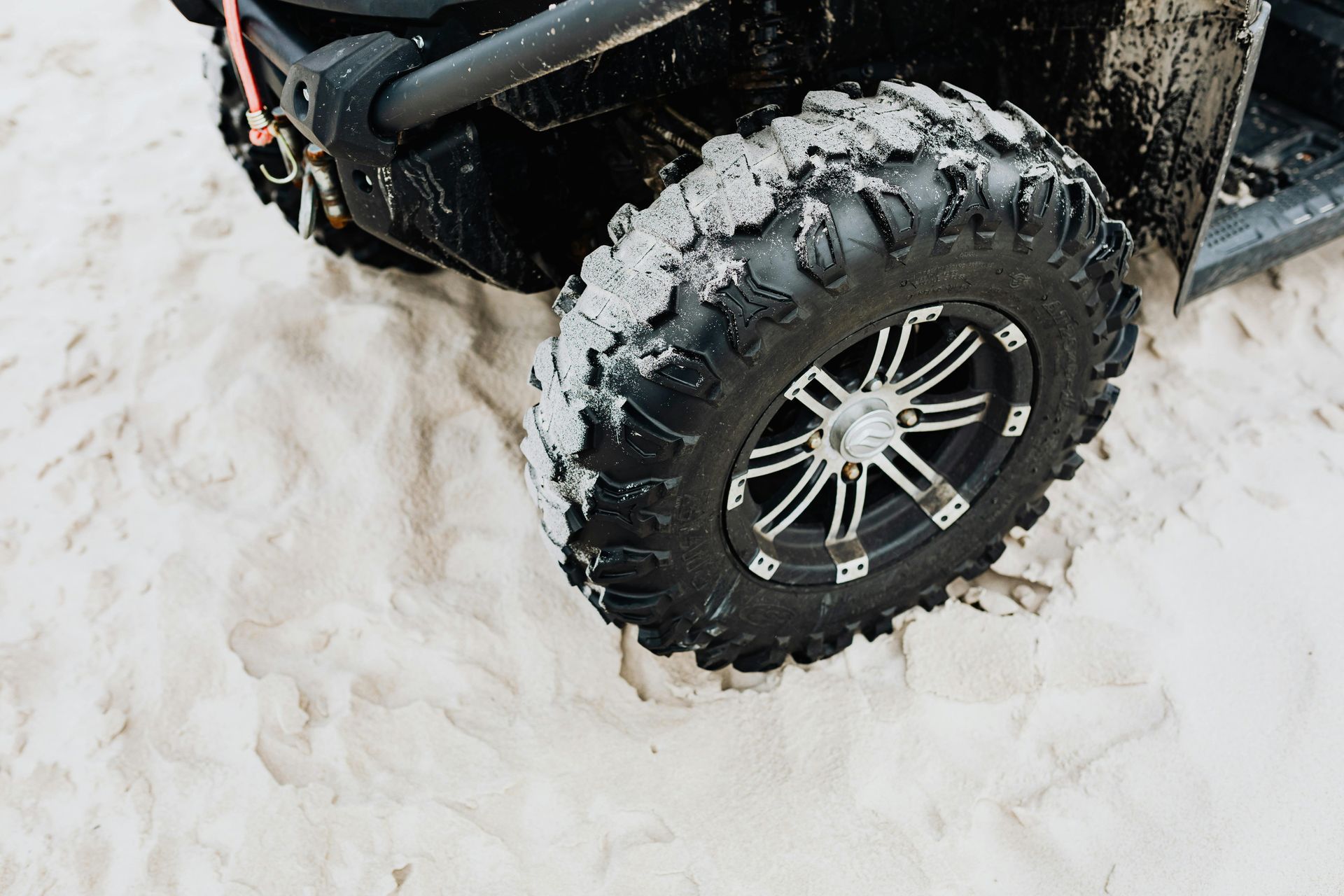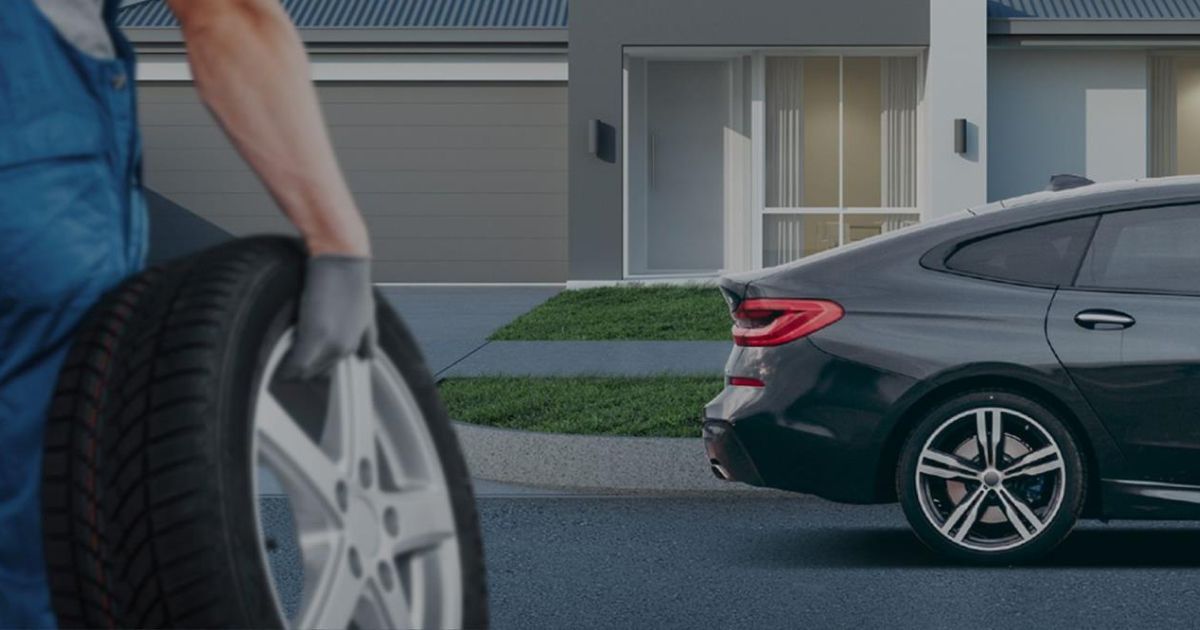By TJ Loftus
•
September 11, 2025
Buying new tires can be a complex process. It's essential to ask the right questions. This ensures you get the best tires for your car. With so many options available, it's easy to feel overwhelmed. Knowing what to inquire about helps you make an informed decision. You can then drive away with the best tires for your vehicle. Key Takeaways Understand your vehicle's tire requirements Research different tire brands and models Check the tire's tread depth and warranty Consider the tire's performance in various weather conditions Ask about installation and balancing services Essential Tire Selection Questions Getting new tires begins with checking your current ones. You need to find out what you're looking for in a new tire set . Checking Tread Depth First, look at your tires for tread depth and wear signs. To check tread depth, use the penny test. Place a penny in the tire groove with Lincoln's head down. If you see his head, your tread is too low and it's time for new tires. Knowing your vehicle's tire size is also key. The size is on the sidewall and helps pick the right tires. When picking new tires, consider these factors: Tire type (all-season, winter, performance) Tread pattern and depth Load-carrying capacity Speed rating Different tires are made for different conditions. Winter tires are for snow and ice, while all-season tires are for general use. What to Ask for When Getting New Tires? Purchase and Installation Considerations When buying new tires, several factors are important. The right tires can make your car safer, more fuel-efficient, and better to drive. It's key to ask the right questions when buying tires. This ensures they fit your car and driving style well. Here are some important things to consider: Understanding the different types of tires available, such as all-season, high-performance, or off-road tires. Knowing the correct tire size for your vehicle, as specified in your owner's manual or on the tire information placard on the driver's side doorjamb. Inquiring about tire warranty information and what it covers. Considering Your Driving Habits Your driving habits affect the right tires for your car. For example, if you drive in harsh weather, you might need special tires. If you drive mostly on highways, you might prioritize tires with good fuel efficiency and low noise levels. For those who frequently drive off-road or in rugged conditions, tires with enhanced durability and traction are advisable. Understanding your typical driving conditions will help you ask the right questions when purchasing new tires. It's also important to ask about the tire installation process. Proper installation ensures your tires work well and last long. Ask about the tire pressure recommendations and how often to check it. By considering these factors and asking the right questions, you can find the perfect tires. They will make your driving safe, comfortable, and enjoyable. Maintenance Questions for Long-Term Tire Performance Keeping your tires in good shape is essential for their longevity. It's all about asking the right questions. Regular care not only makes your tires last longer but also boosts your car's performance and safety. Checking Tire Pressure Checking tire pressure is a must. It affects fuel efficiency, handling, and safety. Here are some important tips: Check tire pressure at least once a month, and before long trips. Use a reliable tire pressure gauge. Refer to your vehicle's owner's manual for the recommended tire pressure. Tire rotation is also key. It helps wear out your tires evenly, making them last longer. Here's what to ask about tire rotation: Ask about the recommended tire rotation schedule for your vehicle. Understand the different tire rotation patterns (e.g., rearward cross, side-to-side). Find out if your tire rotation includes balancing. Tire balancing is vital. Unbalanced tires can cause uneven wear, vibrations, and poor fuel efficiency. Here are some questions to ask: What is the cost of tire balancing? How often should tires be balanced? Are there any signs that indicate my tires need balancing (e.g., vibrations while driving)? Lastly, asking about top tire brands can help you choose the right ones. Michelin, Goodyear, and Continental are known for quality and durability. Here's what to consider when asking about tire brands: The specific needs of your vehicle (e.g., all-season, off-road). The warranty and support offered by the manufacturer. Reviews and ratings from other customers. Conclusion Asking the right questions when buying new tires is key. It ensures your vehicle gets the best fit and keeps tires in top shape. Think about tire type, size, and tread pattern to boost your car's performance and safety. When you get new tires, ask about the right tire pressure, rotation, and balancing. This knowledge helps your tires last longer. Knowing what to ask can lead to better decisions and fewer problems later. Being informed and asking the right questions leads to a better driving experience. You'll enjoy a smoother ride, better fuel efficiency, and more. Whether you're an experienced driver or new, knowing what to ask is essential for your vehicle's tires. Contact LugWrench Heroes today for professional tire services and inspections in the Phoenix area!
